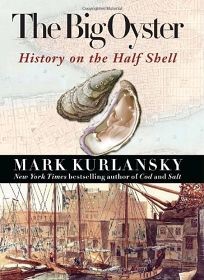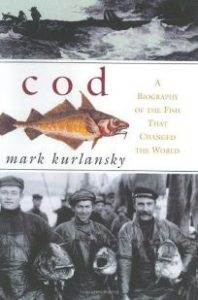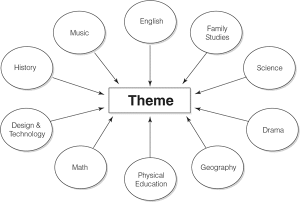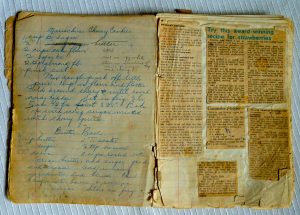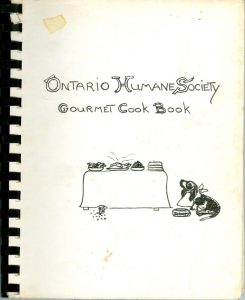Food History Inquiry Pandemic Projects
The potential for using the study of food is often overlooked in education. Yet food is necessary to human survival and can be linked to just about every human activity or industry and almost all school subjects through food history inquiry pandemic projects. Online study has grown by necessity and the projects in this blog offer ideas and ways of incorporating food history into education.
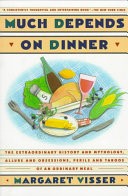 In Much Depends on Dinner, Margaret Visser (1986) took a simple meal of nine ingredients and then researched each ingredient. She found looking the history of those ingredients involved learning about: nutrition and all the sciences (biological, chemical, physical, environmental, agricultural); social and cultural practices around the world; food preparation and preservation methods; the economy and political policies; and controversial issues.
In Much Depends on Dinner, Margaret Visser (1986) took a simple meal of nine ingredients and then researched each ingredient. She found looking the history of those ingredients involved learning about: nutrition and all the sciences (biological, chemical, physical, environmental, agricultural); social and cultural practices around the world; food preparation and preservation methods; the economy and political policies; and controversial issues.
Mark Kurlansky has written whole books on a single food (e.g., salmon, cod, oysters, salt, milk). He says we should look at food to see how people live. It can tell us a lot about: societies in the past and the present; what people lived on and how they managed to create a food supply; how the evolution of agriculture, trade routes, and technological innovations changed food production and preparation and the way people eat; how food is political as well as social, the influence of laws, food strikes, and how governments have been overthrown due to food issues.
Cynthi Resor (2010) argued that the topic of food can be used as the bridge that connects the individual to economic, cultural, and technological issues, both in the past and in the present. She recommended using food as a unifying theme in social studies courses. We at BC Food History advocate using it across the curriculum: Home Economics; Science; Mathematics; Language Arts; Media Studies; History; Geography; Arts; and so on.
Lowenthal (1985) suggests that historical studies can be known through memory, history and relics. Laudan (n.d.) adds chronology and legend.
Memory – Students could interview family members or elders in the community and collect and document food memories (e.g., of various eras, of immigrant experiences, of traditional festive and celebratory foods, outdoor experiences such as hunting, fishing, and mushroom and berry picking expeditions)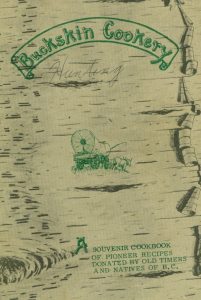
History 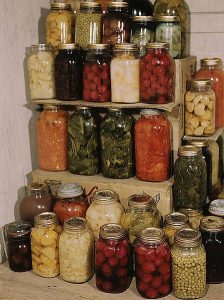 Student inquiry could involve the investigation of food items similar to Kurlansky and Visser on topics such as: how food and agriculture affected settlements; how meat was obtained and preserved and marketed; when and how did the microwave become standard kitchen equipment; the etiquette (table manners) of the times of a particular time period; the rise of farmers’ markets and school gardens. They could be encouraged to compare then and now and speculate on the future.
Student inquiry could involve the investigation of food items similar to Kurlansky and Visser on topics such as: how food and agriculture affected settlements; how meat was obtained and preserved and marketed; when and how did the microwave become standard kitchen equipment; the etiquette (table manners) of the times of a particular time period; the rise of farmers’ markets and school gardens. They could be encouraged to compare then and now and speculate on the future.
Relics and Artifacts – Students could investigate: letters or diaries, cookbooks, newspaper articles, memoirs and autobiographies; pictures and photographs; cooking utensils and implements; recipe collections and so on. They could trace a recipe to its source, compare and contrast recipes for the same food product and test the recipe in old and new versions and report their findings. Or they could trace the recipe ingredients finding out where they came from and how they have travelled to their kitchen. They could find a piece of old kitchen equipment and learn how to use it (e.g. try baking/cooking on a wood-burning stove or using a sausage grinder).
Chronology – Students could create a timeline related to the development of certain food products or equipment (e.g., gelatin, corn flakes, canned food, ketchup; toasters, microwaves, can openers) (http://www.foodtimeline.org/).
Legend – Students could investigate the stories behind common cultural practices such as serving turkey at Christmas, eating chocolate on Valentine’s Day and making pumpkin pie on Thanksgiving, or the stories behind certain practices or use of ingredients.
Replicating food products or meals from earlier times or simulated experiences can also add a “hands-on” experience to enhance the learning.
A few years ago BC Food History Network prepared some inquiry projects based on the theme “Eat Your History” they are available in the For Teachers Section:
VINTAGE RECIPES AND COOKBOOKS
MUSEUM RESEARCH
DECODING OLD PHOTOGRAPHS
BC FOOD PERSONALITIES
BC FOOD CULTURES
INTERGENERATIONAL FOOD STORIES
Additional Suggested Student Inquiry Activities
Students could:
Investigate the foods that are indigenous to the place they live (wild plants and animals). They could focus on just one specific local food. Research it and try preparing it.
- Investigate how labels or the advertisement of a specific product have changed over time.
- Pick a particular time-period and investigate the etiquette (table manners) of the times.
- Report on Community Gardens in their community (this could be a photo-voice assignment, where students take pictures and interview people working in community garden plots)
- Document the cookbooks in their home – make an annotated bibliography, describe the type of cookbook (commercial, community, commodity-based, fund-raising, clipping file, recipe box, etc.) then test some of the recipes or the family favourites
- Determine whether they are any culturally defined “keystone” species in their area or another area and prepare a report. Keystone plants are plant and animal species whose existence and symbolic value are essential to the stability of a culture over time (i.e., important nutritionally and symbolically, are a part of cultural ceremonies, etc.) often feature prominently in the language, ceremonies, and narratives of native peoples and can be considered cultural icons. Without these cultural keystone species, the societies they support would be completely different.
- Investigate Food Security actions in their community (e.g., food banks, soup kitchens, community kitchens)
Also check out the ideas on the Better Together website: https://www.bettertogetherbc.ca/blog/single/you-are-what-you-eat-fascinating-food-history-projects
Note to teachers: If you happen to use a Food History Inquiry Project with your students, the BC Food History Network may be interested in publishing some of your results.
References
Kurlansky, M.(2007). The food chains that link us all. Time [Canadian Edition], July 30–August 6, pp. 41–43.
Kurlansky, M. (2011). Cod: a biography of the fish that changed the world. Vintage Canada.
Kurlansky, M. (2011). Salt. Random House.
Kurlansky, M. (2007). The big oyster: history on the half shell. Random House.
Kurlansky, M. (Ed.). (2009). The Food of a Younger Land: A Portrait of American Food: Before the National Highway System, Before Chain Restaurants, and Before Frozen Food, when the Nation’s Food was Seasonal, Regional, and Traditional: from the Lost WPA Files. Penguin.
Kurlansky, M. (2018). Milk!: A 10,000-year Food Fracas. Bloomsbury Publishing USA.
Kurlansky, M. (2020). Salmon: A Fish, the Earth, and the History of Their Common Fate. Patagonia.
Laudan, R. (n.d.). Rachel Laudan: A historian’s take on food and politics. http://www.rachellaudan.com/getting-started-in-food-history
Lowenthal, D. (1985). The past is a foreign country. Cambridge,UK: Cambridge University Press.
Resor, C. W. (2010): Food as a Theme in Social Studies Classes: Connecting Daily Life to Technology, Economy, and Culture, The Social Studies, 101:6, 236-241
Visser, M. (1986). Much depends on dinner: The extraordinary history and mythology, allure and obsessions, perils and taboos, of an ordinary meal. Toronto, ON: McClelland & Stewart.

